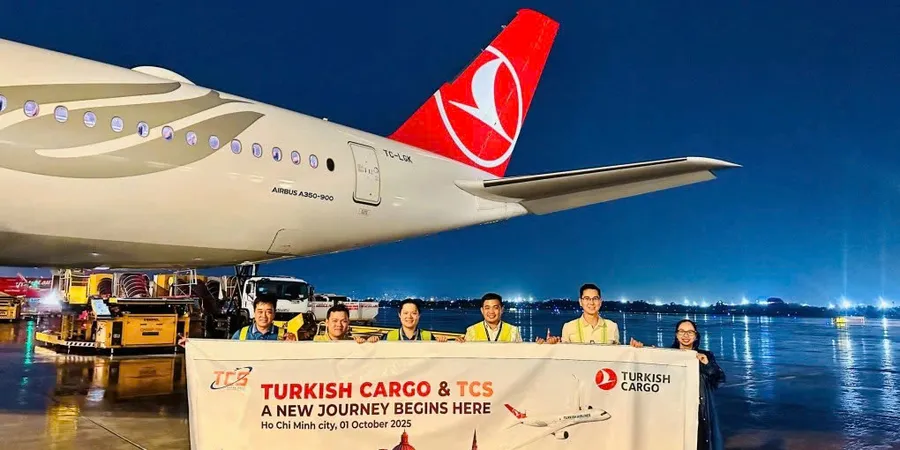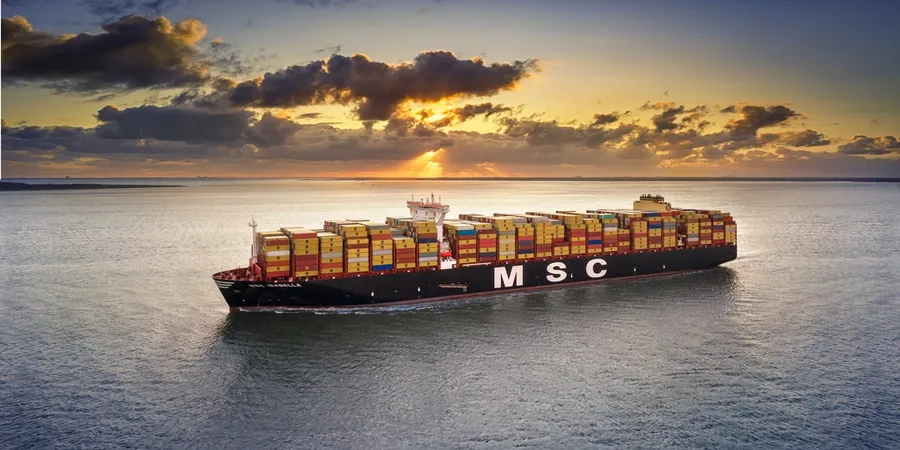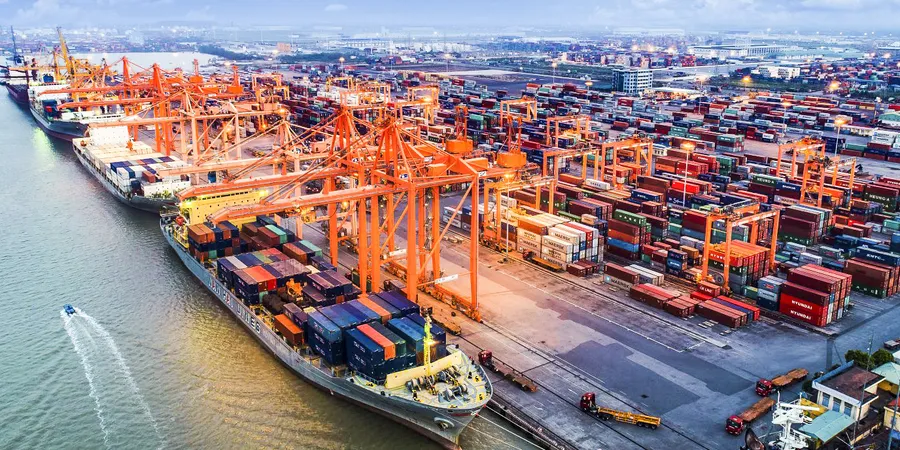Container carrier sailing schedule dislocations at Indian ports grow
The current dysfunctional vessel sailing flow, fuelled by long delays at larger Western ports, is causing greater concerns for Indian shippers and freight forwarders.
In the latest schedule reliability setback, CMA CGM has notified customers of a flurry of changes on its Indian network, which includes vessels arriving late and reverse rotating.
The Lotus A, one of the ships deployed on the EPIC [Europe-Pakistan-India-Consortium] Service, will call on Mundra Port before Jawaharlal Nehru Port Trust (Nhava Sheva), its usual first port of call in India. With that deviation, the vessel’s declared ETA [estimated time of arrival] for Mundra is 1 April and for JNPT 3 April.
Further, the Xin Yan Tai, another EPIC vessel, has been delayed by a week, now due to arrive in JNPT on 2 April and in Mundra, on 4 April, CMA CGM noted.
The French box carrier also has three sailings on the intra-Asia “AS9” routing, connecting India, China and Malaysia, with no space allocations at JNPT for export loading. The said vessels are TS Mumbai (ETA 24 March), Kota Megah (ETA 4 April) and GSL Valerie (ETA 17 April).
“No bookings will be issued for said vessels ex Nhava Sheva,” CMA CGM (India) said in a customer advisory, adding, “customers are requested to make note of the same and plan their shipments accordingly.”
As vessel schedules change, cargo carting hours are constantly revised by carriers, at times announced with a shorter gate-in window.
All carriers serving Indian markets have been experiencing a tight window situation at JNPT, often forcing them to sail straight into Mundra. Mediterranean Shipping Co. (MSC) has suffered some JNPT skips in recent weeks on their Europe and the US services from India.
Sri Lanka’s Colombo Port, a key intermediate point for the Indian transshipment movement, is also seeing growing supply chain bottlenecks, as the island nation reportedly battles its worst-ever economic crisis. An acute shortage of fuel has cut into the availability of container trucks at Colombo, severely disrupting inter-terminal transfer activity and hurting terminal productivity.
Those challenges mount as Indian exporters strive to accelerate shipments ahead of the current fiscal year (2021-22) closing on 31 March. Indian exports are poised for solid growth, having already reached the country's ambitious target goal of US$400 billion.
“Crossing US$400 billion is a remarkable achievement particularly as we will be adding over US$110 billion in one year to reach here, despite huge logistics challenges including container shortage, skyrocketing freight and liquidity constraints,” A. Sakthivel, president of the Federation of Indian Export Organisations (FIEO), said in a statement.
Source: Container News





